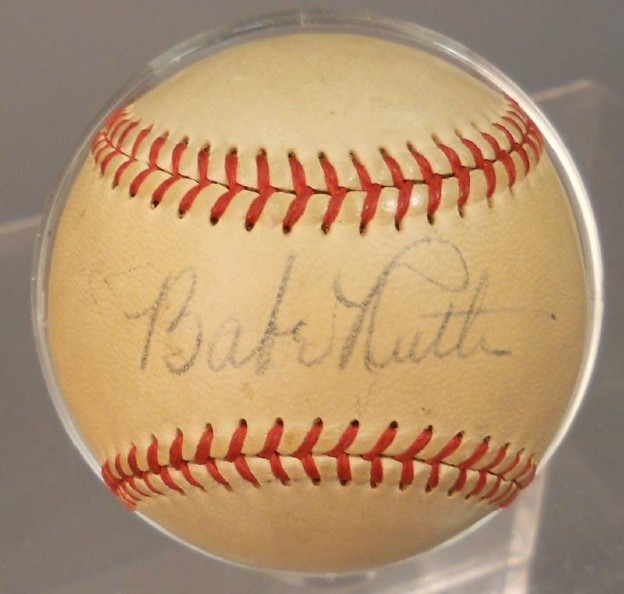
NEW YORK – Sports memorabilia is often more valuable autographed but buying an autographed item, say a jersey or trading card, can be tricky as signatures can easily be faked. Even a bat purporting to belong to Babe Ruth can be challenging to authenticate.
Collectors and auction houses usually turn to third party specialists to certify authenticity. There are at least a dozen firms that provide this service and among them is PSA Authentication & Grading Services, which authenticates/grades trading cards, tickets, autographs, photos, bats and more.
Autographs come in all forms, explains PSA’s Principal Autograph Authenticator Kevin Keating. “When it comes to signatures, we see a host of different items submitted to us on various signing surfaces: cards, photos, game programs, historical documents, checks … and random pieces of paper,” he said. “We also get a range of signed items that includes jerseys, helmets, bats and caps, as well as every ball you can imagine.”
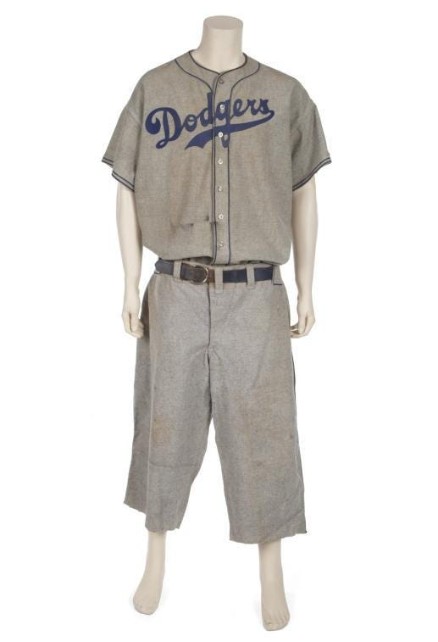
Authenticating autographs comes down to knowledge/research with authenticators examining and comparing many thousands of signatures over years. “We also keep an extensive and comprehensive autograph database for comparative reference that spans a signer’s lifetime and signing circumstances,” he said. “No two signatures from the same hand are ever identical. Signature styles evolve over time and often vary significantly when someone, as an example, signs a mail request at their desk vs. signing for someone in person when they are ‘on-the-run.’”
In examining signatures, authenticators look at many things, starting with if the type of writing instrument used was available at the time. An autograph signed with a Sharpie before 1964 (when that marker was invented), for example, should raise a red flag.
A signature is compared to known examples for things like structure, shape, style, speed, spontaneity, slant, scale, size, instrument pressure and live ink vs. machine manufacturing via an autopen or laser copy or other type facsimile preprint.

James Spence Authentication explains authenticators employ high-tech tools such as a Video Spectral Comparator that can “detect erasures, reveal masked and obliterated signatures, differences in ink types and several other signs common in autograph forgeries which cannot be detected by the naked eye,” according to its website.
Authenticators also look at unsigned objects like uniforms, helmets and equipment to determine if they are team-issued vs. replicas or worn/used by the player the owner claims they were. Fakes pop up periodically; in July 2000, the FBI raided a Michigan sports and arts forger said to have been selling fakes since the early 2000s.
Keating shared a story that’s an apt metaphor for what the collecting bug is all about. He was set up a few years ago at a hobby show in Philadelphia when a collector came with an old high school yearbook from Chisholm, Minn. The 1943 book had over 100 signatures, including Archibald “Moonlight” Graham, immortalized in the 1989 movie Field of Dreams. Graham played just two innings of major league baseball in 1905 before leaving baseball to become a doctor for five decades. He earned his nickname while playing baseball and moonlighting as a med student. He died in 1965 and his autograph in any form is rare with less than 10 known.
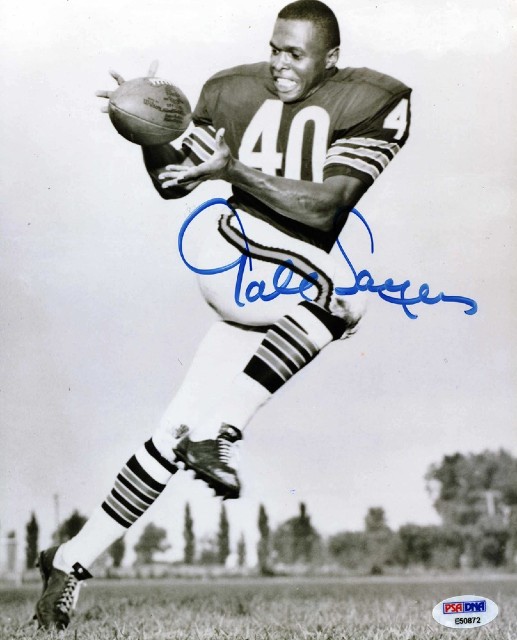
The collector had been searching for one since watching the movie almost 30 years before. According to his wife, it took him buying nearly 20 yearbooks before he finally found one containing his “white whale” – that he brought in for authentication. “This collector’s creative approach and dedication to realize his goal epitomizes the meaning, value and connection that collectors have for the ‘stuff’ they collect,” Keating said.
Among the rarest sporting objects submitted for authentication are unique varieties of trading cards as well as game-worn or game-used items by a particular player from a significant game. “The more monumental an event may be, the greater the collecting interest and emotion to own a connection to that event becomes, and thus the greater the value for its associated items,” Keating said. He cited as examples Kirk Gibson’s Dodgers jersey, bat and helmet from his game-winning walk-off home run in Game 1 of the 1988 World Series; and Tom Brady’s game-worn Patriots jersey from Super Bowl LI (51) when he staged the greatest comeback in Super Bowl history.
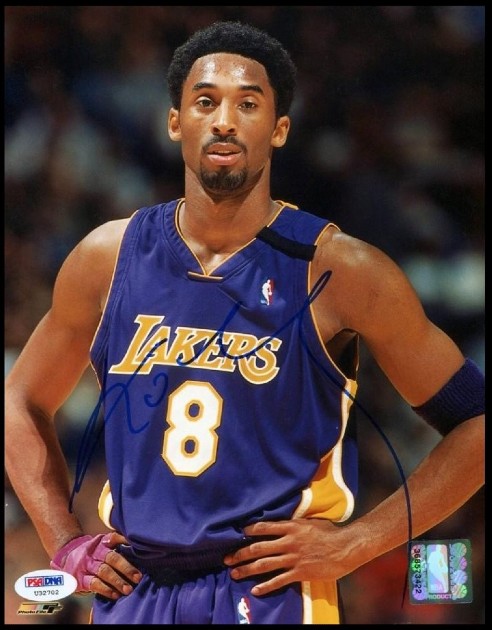
Value and rarity can correlate but just because something is rare doesn’t always mean it’s valuable. “It often depends on the demand and emotion from those who want to own that item,” he said. “The sudden death of Kobe Bryant last year is one example. When Kobe died, there was a huge and immediate increase in collecting demand to own a Kobe autograph; consequently, we saw a commensurate uptick in submissions to authenticate his autograph. Sadly, roughly 90 percent of those submissions were forgeries since forgers were also at work, trying to capitalize on collector sentiment and demand.”
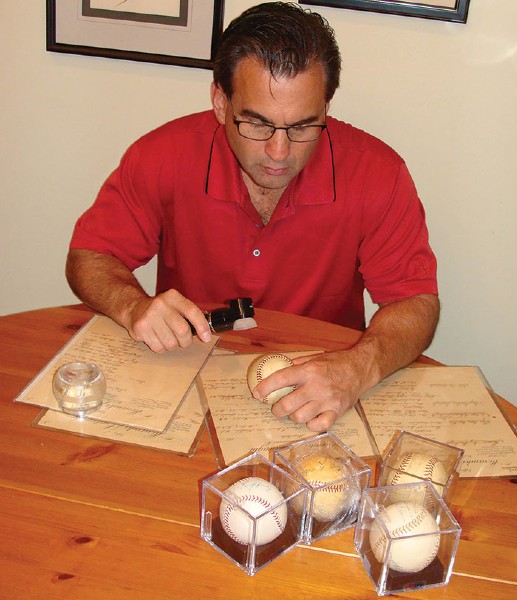
The general caveat for new collectors is if a deal looks too good to be true, it probably is. Do your homework and ask questions. “If you paid $500 for an autograph valued at $1,000 and it turns out to be a forgery, you didn’t save $500. You lost $500,” Keating said. He suggests that once the world opens back up after the pandemic, new collectors can attend local hobby shows to talk to various dealers and gather information. Another good resource is the annual National Sports Collectors Convention. PSA also offers an online service called ‘Quick Opinion’ to allow collectors to get a professional opinion on an autograph’s authenticity for $10 before they make a purchase that might save someone from buyer’s remorse.
Pandemic aside, the sports memorabilia market is red hot, Keating said. “We are in the midst of a thriving hobby right now and the market shows no signs of slowing down anytime soon.”
# # #



